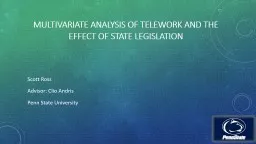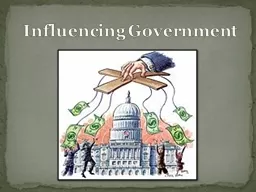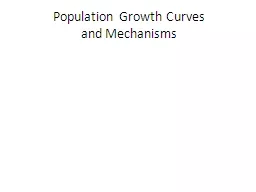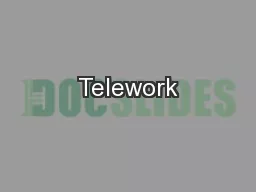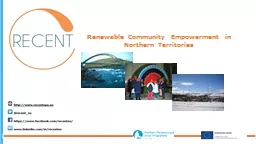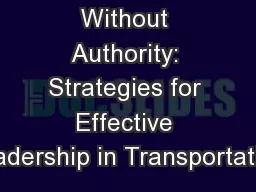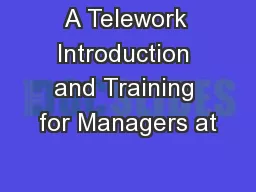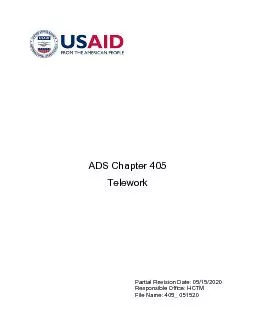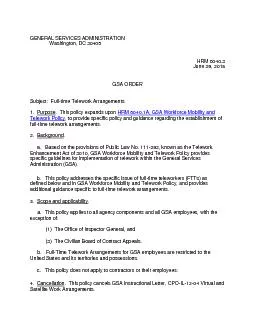PPT-Environmental, POPULATION, AND POLICY FACTORS INFLUENCING TELEWORK
Author : tatiana-dople | Published Date : 2018-11-25
Scott Ross Advisor Clio Andris Penn State University Outline Project Objectives Why telework matters Definition of telework Literature review Proposed methodology
Presentation Embed Code
Download Presentation
Download Presentation The PPT/PDF document "Environmental, POPULATION, AND POLICY FA..." is the property of its rightful owner. Permission is granted to download and print the materials on this website for personal, non-commercial use only, and to display it on your personal computer provided you do not modify the materials and that you retain all copyright notices contained in the materials. By downloading content from our website, you accept the terms of this agreement.
Environmental, POPULATION, AND POLICY FACTORS INFLUENCING TELEWORK: Transcript
Download Rules Of Document
"Environmental, POPULATION, AND POLICY FACTORS INFLUENCING TELEWORK"The content belongs to its owner. You may download and print it for personal use, without modification, and keep all copyright notices. By downloading, you agree to these terms.
Related Documents

